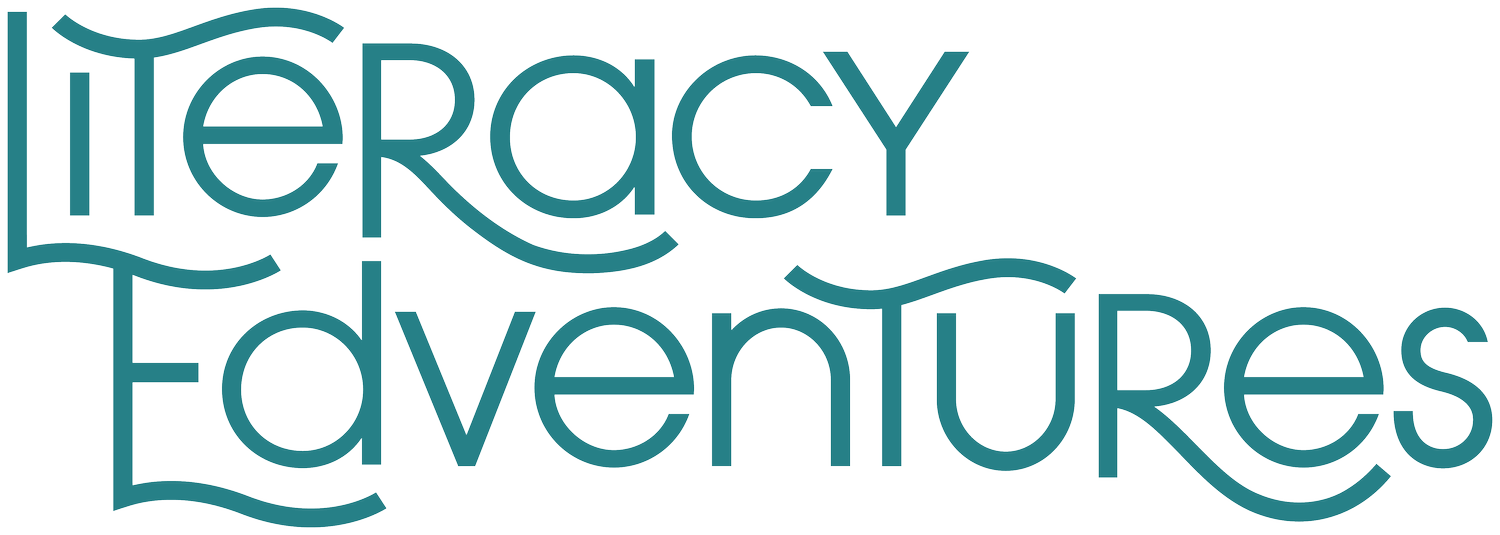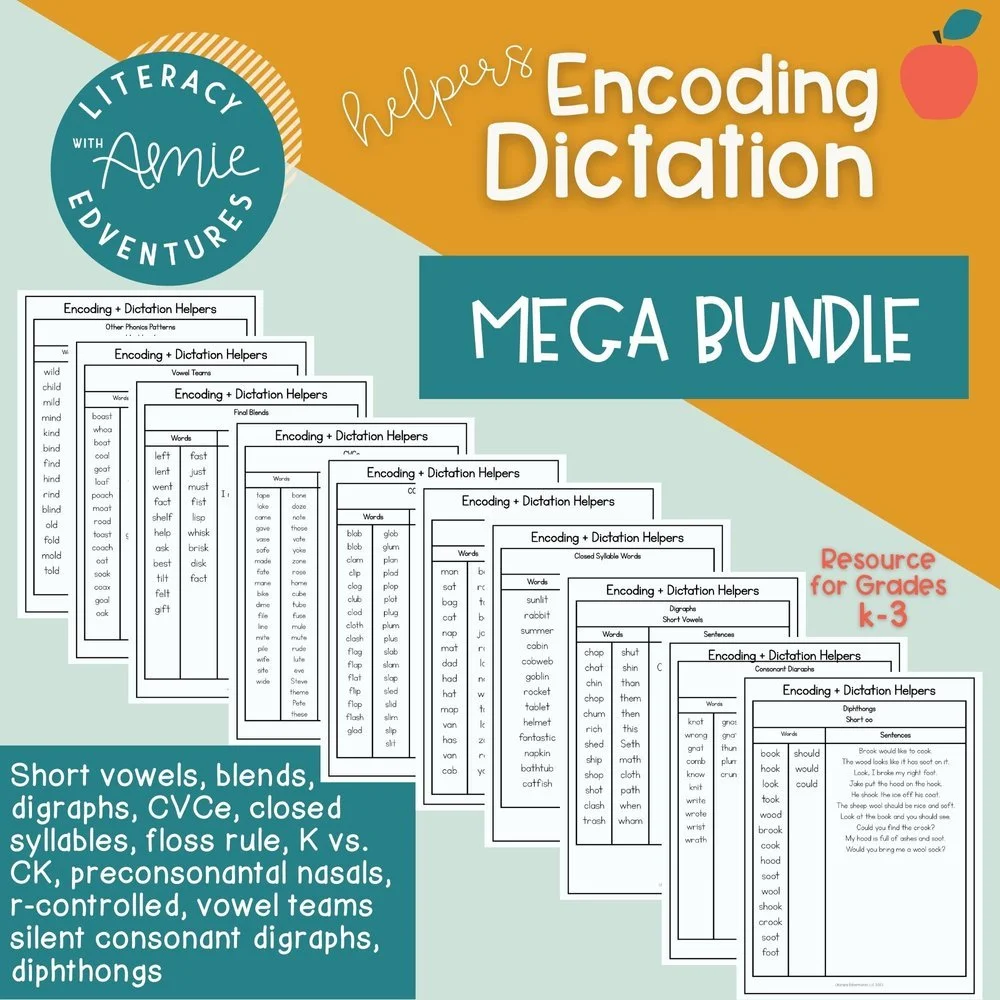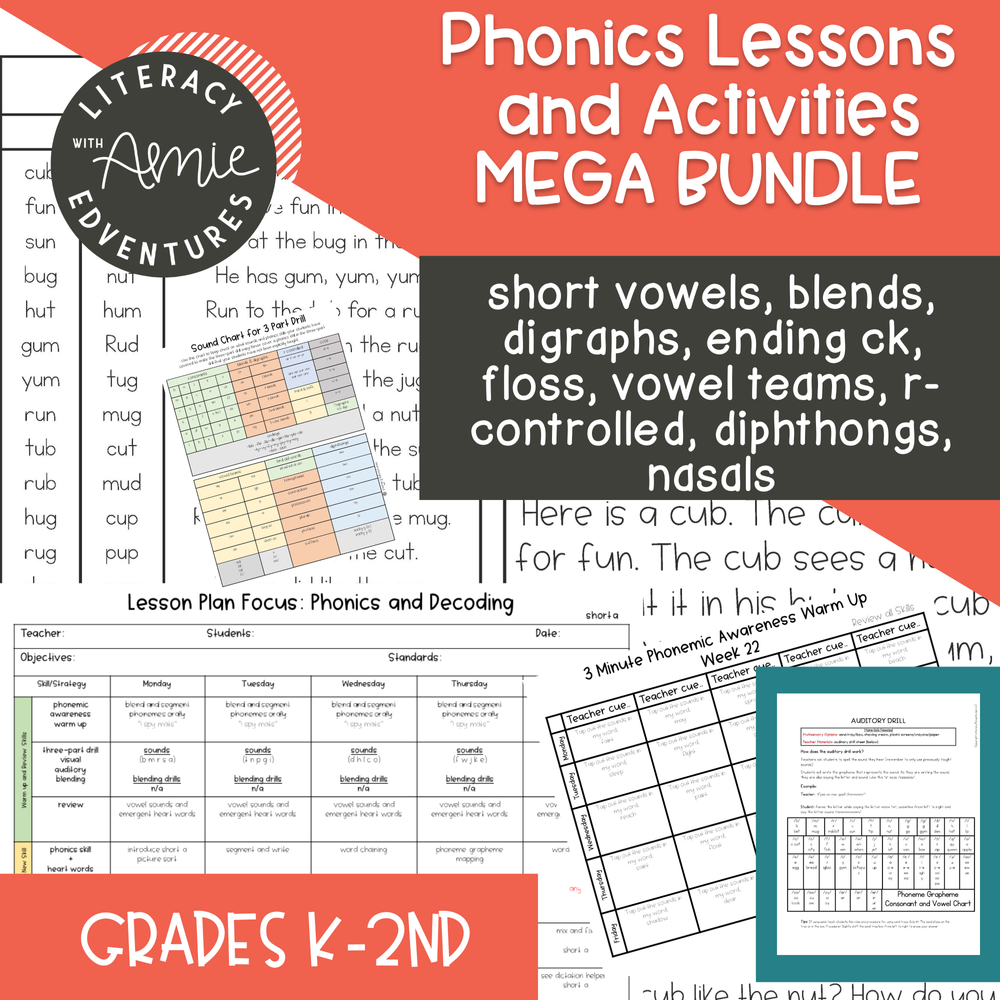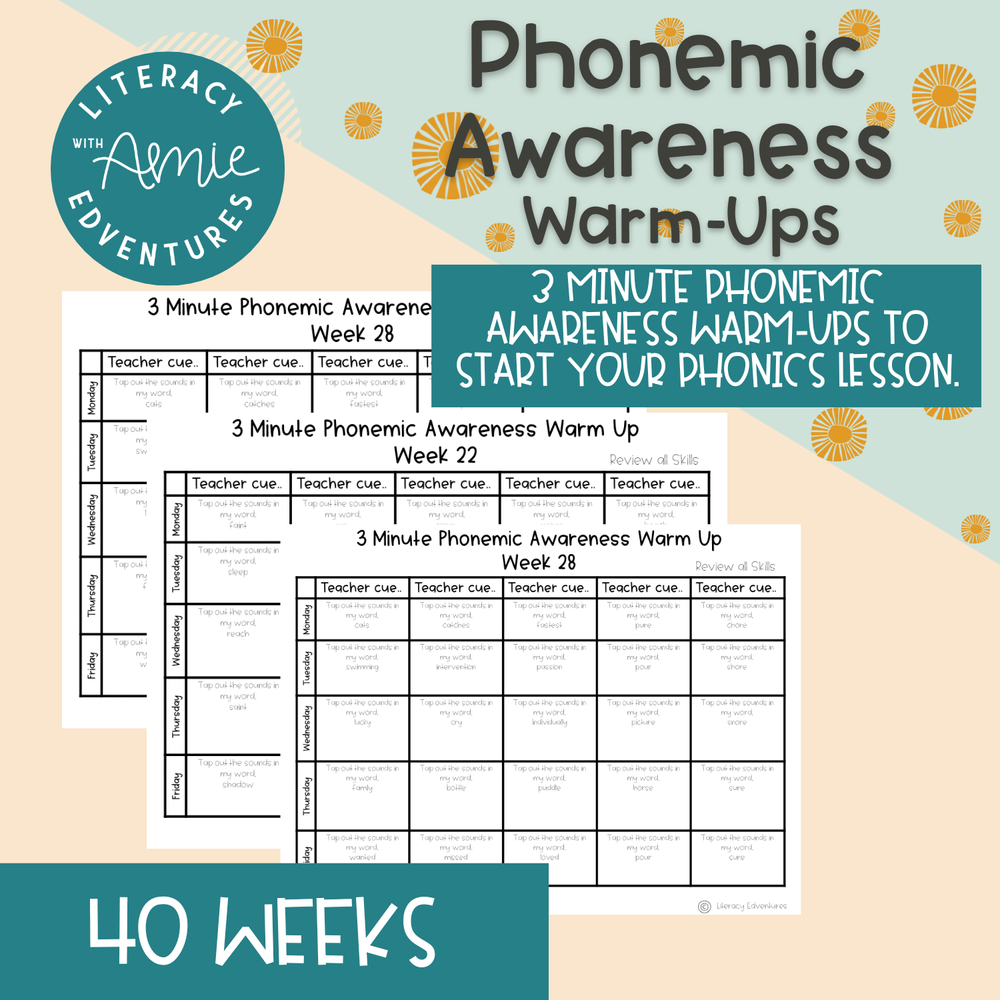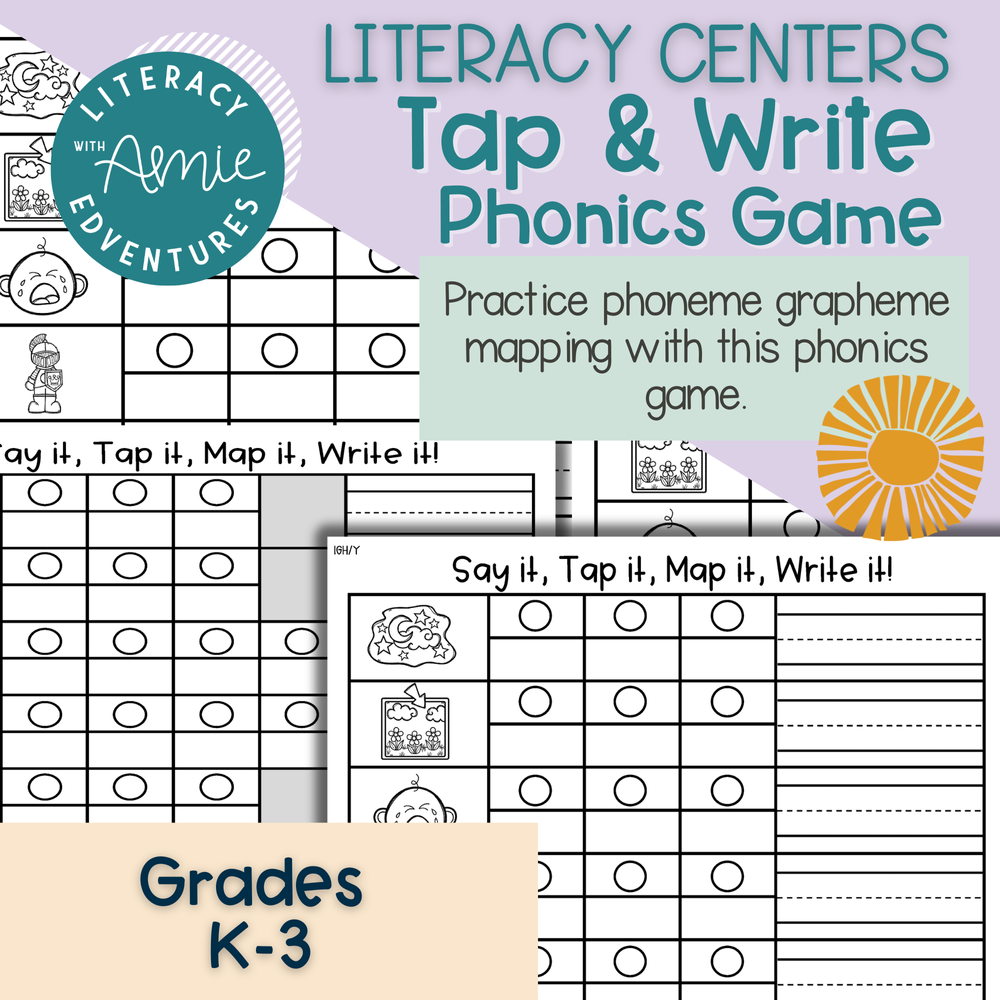5 Ways to Boost Your Phonics Instruction
I don’t know about you, but phonics instruction is not something that has always come easily to me. There are so many moving parts. It can be hard to know what to do and when to do it. BUT… Phonics instruction plays a crucial role in developing strong reading skills in young learners. Which is why figuring out the best way to teach it is important. By teaching the relationship between sounds and letters, we can equip students with the necessary tools to decode words and comprehend texts. To ensure effective phonics instruction, it is essential to incorporate explicit and systematic teaching methods into our instruction. In this blog post, we will explore five powerful strategies that can boost phonics instruction and promote reading proficiency in your students.
1. Explicit and Systematic Instruction
The first thing we have to ensure that our teaching is explicit and systematic. Explicit instruction involves clearly and directly teaching phonics skills, ensuring students understand the specific sound-letter correspondences. Systematic instruction follows a logical sequence, building upon previously learned skills. When we provide this type of instruction AND follow the gradual release (I Do-We Do-You Do) method, we are setting our students up for success. Watch as I introduce the digraph /sh/ to a group of first graders.
“Cut the fluff and teach the stuff!”
-Anita Archer
3. Word Mapping
Word mapping, or phoneme-grapheme mapping, is a powerful strategy that helps students understand the relationship between sounds and letters. By explicitly teaching students to map individual phonemes (sounds) to graphemes (letters or letter combinations), they can decode words accurately. Engaging students in activities such as word mapping, chaining, and blending can reinforce this mapping process and enhance their phonics skills.
My favorite of these is word chaining. I ask my students to word chain about 3 times per week. Why? Because it is such a powerful strategy that incorporates those higher levels of phonemic awareness but still applies those skills to print. A word chain asks students to spell a word and then change one sound at a time to create a new word. Like this cat-bat-bag-bug. Coming up with words can be tricky on the fly, but not to worry, I have compiled a list for you! You can grab it here.
Watch the video as I share how I combine word mapping with word chaining for a powerful phonics activity.
2. Utilize Decodable Texts
Decodable texts are books specifically designed to reinforce phonics skills by incorporating words that align with the phonics patterns being taught. By gradually increasing the complexity of the texts, as students learn more and more skills, students can build their reading fluency and confidence. I have to admit, decodables used to scare me. I didn’t know when or how to use them. Once I realized that once I had selected a scope and sequence (read more about that here) everything else would fall into place. I would simply choose the phonics skill based on the data and the scope and sequence and then follow that up with a decodable text.
Decodable Texts I love
4. Dictation
Dictation exercises provide an opportunity for students to apply their phonics knowledge in a meaningful context. Teachers can dictate words or sentences, and students must write them, focusing on correct spelling.This activity helps students practice phonics skills while also reinforcing spelling and writing abilities. Just like with word chaining, it can be extremely hard to create sentences for this practice. We have to consider what skills have been taught and what skills have not. Then, create sentences that pull in cumulative review as well as the new skills, but ensure we aren’t adding skills that have not yet been taught. This is where dictation helpers become your best friend. My teachers print these dictation helpers off, laminate them, place them on a ring, and keep them handy for small group time. It is so easy to have them at their fingertip and you can to!
5. Phonemic Awareness and Cumulative Review
The last and possibly one of the most important things to mention when it comes to boosting your phonics instruction is the power of phonemic awareness and cumulative review.
Phonemic awareness, the ability to identify and manipulate individual sounds in spoken words, is a crucial precursor to phonics instruction. Incorporating phonemic awareness activities, such as sound blending, segmenting, and manipulation, can strengthen students' phonics foundation. Additionally, regular cumulative review sessions allow students to revisit previously learned phonics skills, reinforcing their understanding and retention. Our students need lots and lots of practice to make those skills stick!
Conclusion:
By implementing these five strategies, you can enhance phonics instruction and empower students to become proficient readers. Explicit and systematic teaching methods, coupled with the use of decodable texts, phoneme-grapheme mapping, dictation exercises, and phonemic awareness activities, create a comprehensive approach to phonics instruction. Remember, a strong phonics foundation is essential for students to unlock the world of reading and develop lifelong literacy skills. Making simple shifts in the instruction you are already providing can make such a difference.

